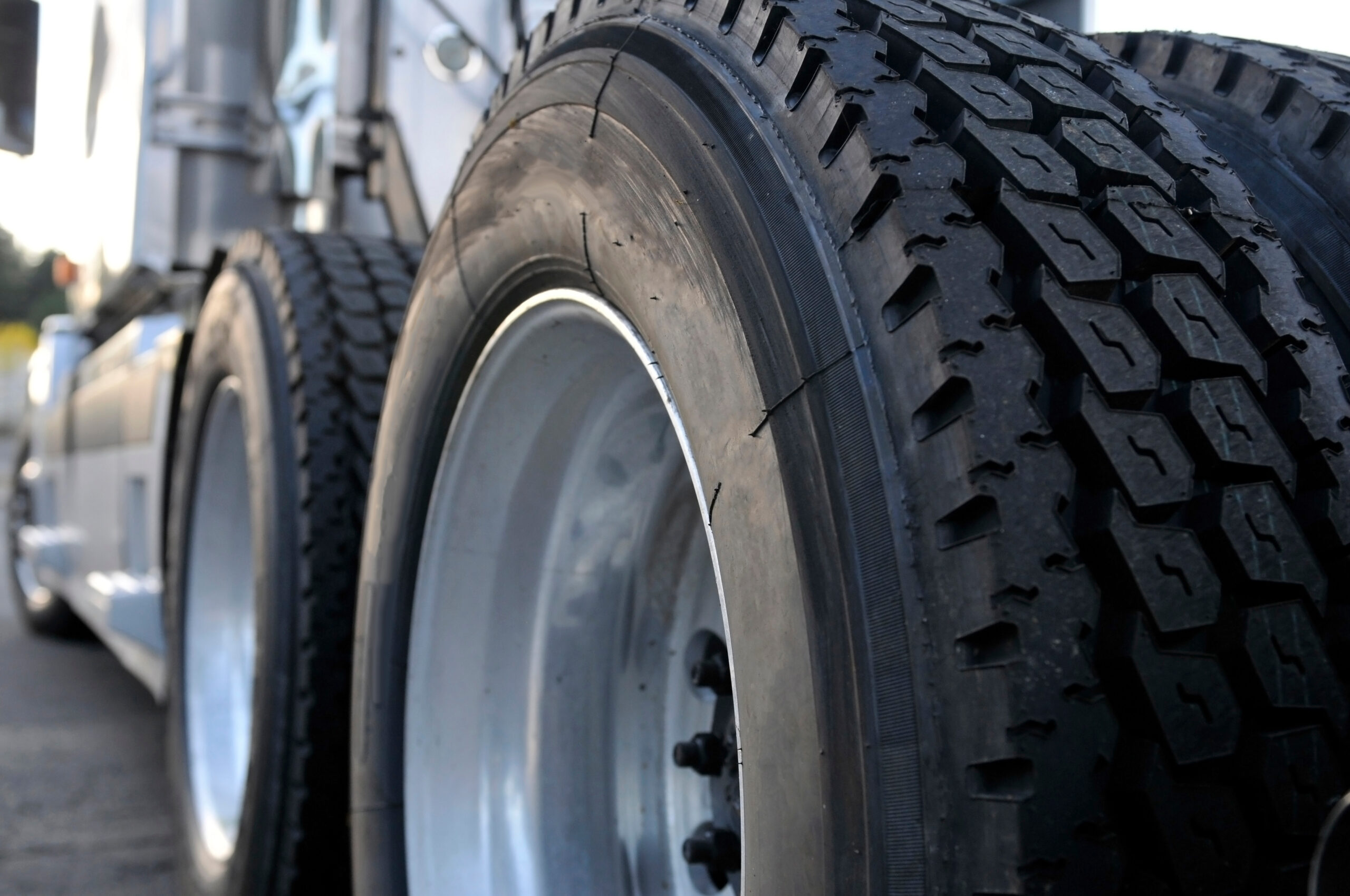Braving the Storm: Picking Tires for Any Weather

Picking the proper tires for your semi-truck may seem like a straightforward task, but it is a key decision that can greatly impact your vehicle's capability, safety, and efficacy. With the tough realities of the road, including changing weather conditions and varying freight loads, the importance of choosing the right tires cannot be neglected. Knowing how to choose the suitable tires for your semi-truck will help confirm that you are equipped for any challenges come your way, whether that means traversing slippery winter roads or managing heavy loads on long hauls.
In this article, we will discuss the multiple factors that affect tire selection for semi-trucks, from the differences between steer and drive tires to the consequence of tire choice on fuel efficiency. You will discover how to spot the signs that it is the right moment to replace your tires and the most effective practices for maintenance to prolong their lifespan. Additionally, we’ll discuss the best semi-truck tire brands known for their trustworthiness and performance, as well as the most recent innovations in tire technology that are shaping the future of the trucking industry. Whether you're a fleet manager or an owner-operator, this comprehensive guide aims to prepare you with the information you need to navigate any storm on the road. spintax

Picking the Appropriate Tires for Your Semi-Truck
Choosing the right tires for your semi-truck is a critical decision that impacts functionality, protection, and fuel economy. The first step is to evaluate the specific requirements of your haul and routes. For case, if you often drive on highways or extended trips, search for tires optimized for fuel efficiency and durability. On the other hand, if you navigate rough or off-road terrain, selecting tires with specific tread patterns for improved traction is essential.
When assessing tire types, it's vital to recognize the difference between steer and drive tires. Steer tires are intended for steering control and handling, while drive tires provide the force and traction necessary to drive the truck. Both tire kinds must match each other to guarantee efficient driving and proper load management. Additionally, you should evaluate the benefits of all-season versus winter tires based on your usual weather conditions, as each kind offers specific advantages.
Adequate tire maintenance and inspection are essential to prolonging tire life and improving performance. Consistently checking https://canvas.instructure.com/eportfolios/3790393/entries/13716969 , tread depth, and evidence of uneven wear can stop likely issues such as blowouts. Comprehending load ratings and adhering to DOT regulations will ensure that your truck is equipped with tires suitable for the requirements of your business. By taking into account these factors, you can pick the best tires that will satisfy your operational requirements and keep your truck operating efficiently.
Ensuring Tire Functionality and Longevity
To ensure the longevity and efficiency of your semi-truck wheels, consistent maintenance is essential. This encompasses checking wheel inflation regularly, as under-inflated tires can lead to increased wear and decreased gasoline economy. Keeping wheels inflated to the producer's suggested inflation level not only enhances efficiency but also boosts security on the road. Proper inflation helps maintain ideal contact with the road, ensuring better traction and handling.
Another critical aspect of tire care is rotating your wheels regularly. Wheel repositioning helps prevent uneven deterioration, which can occur from the weight balance across the vehicle's axles. Following a regular rotation schedule will extend the longevity of your wheels and ensure uniform tread deterioration. Additionally, regular inspections for indications of damage, such as cuts or protrusions, can identify issues before they result to more serious problems, such as explosions.
Investing in tire balancing is also beneficial for maintaining tire health. Misaligned wheels can cause shaking, leading to uneven wear and reducing the total lifespan of your tires. Adjusting your tires properly contributes to smoother handling and enhances safety on the road. By following these best practices, you can maximize the performance and longevity of your truck wheels, ultimately reducing on costs and increasing functional effectiveness.
Comprehending Tire Regulations and Safety
Tire standards for large trucks are necessary for maintaining security on the roads. The DOT sets particular standards that truck operators and drivers must follow. These rules cover elements such as load capacity, tire pressure, and tread thickness. Comprehending these criteria is essential not just for adherence but also for the safety of the driver and other road users. Regular inspections and compliance to DOT standards help prevent accidents caused by tire issues.
In addition to mandatory guidelines, security practices surrounding tire maintenance are important for extended trucking. Proper air pressure is a critical element in maintaining tire integrity and ensuring maximum fuel economy. Low-pressure or over-inflated tires can lead to irregular wear, blowouts, and increased fuel usage. Truck drivers should use tools like tire pressure monitoring systems for real-time information, which aids in keeping proper inflation and enhances general security.
Moreover, logistics supervisors need to be proactive in educating their drivers about the significance of tire safety and the indicators of deterioration and damage. A routine inspection before each trip can help identify issues early, and it is important to know what to look for, such as cracks, bulges, or damaged tread designs. By encouraging a environment of security and adherence with tyre standards, transportation firms can greatly minimize the risk of accidents attributed to tire-related problems.
